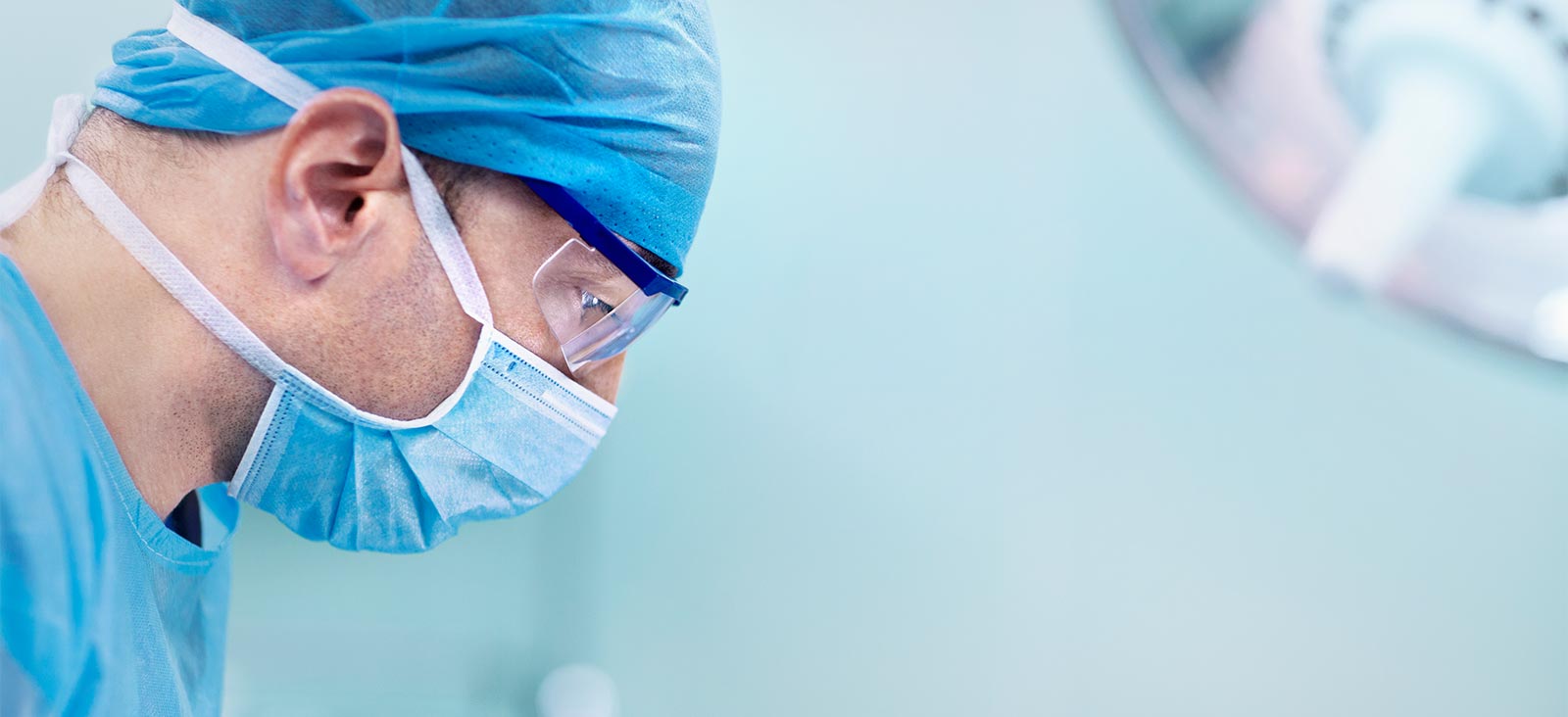Experienced Surgeons, Innovative Surgical Options
Balloon septostomy is a minimally invasive heart procedure in which a cardiologist uses a balloon catheter to widen congenital heart defects such as foramen ovale, patent foramen ovale, or atrial septal defect.
These heart abnormalities prevent the heart from properly pumping oxygenated blood to the body, and balloon septostomy helps restore the necessary blood flow.
The procedure is typically performed as a bridge until heart surgery to correct the defect can be done.
UT Southwestern heart doctors are experienced in using balloon septostomy to help patients with congenital heart diseases. Our Adult Congenital Heart Disease Program provides complete diagnostic, treatment, and consultative services for patients age 16 and older with all types of congenital heart disease, including those who are newly diagnosed as adults. We offer specialized care that can minimize or prevent complications of congenital heart disease and help patients live longer, healthier lives.
UT Southwestern is also home to a dedicated Cardiac Rehabilitation Program. Cardiac rehabilitation is a critical component of recovery and can prevent future heart disease.
Balloon Septostomy: What to Expect
Preoperative Details
The surgeon provides specific instructions to the patient prior to the balloon septostomy procedure and discusses risks such as bleeding, infection, or adverse reaction to anesthesia.
Patients also meet with the anesthesiologist prior to the surgery to review their medical history. Patients should not eat after midnight the night before the surgery.
On the day of surgery, the patient arrives at the hospital, registers, and changes into a hospital gown. A nurse reviews the patient’s charts to make sure there are no problems.
The anesthesiologist then starts an IV, and the patient is taken to the operating room, where the surgeon verifies the patient’s name and procedure before any medication is given. Surgery will begin once the patient is under anesthesia.
Operative Details
The cardiologist begins by making a tiny incision in the groin to access the femoral artery with a catheter.
Once this catheter is in place, a deflated balloon catheter is inserted into the first catheter and guided to the heart. A small camera inside the balloon catheter allows the doctor to see the heart on a video monitor, and a series of X-rays with dye and contrast are taken.
Once the balloon catheter reaches the right atrium, it is passed through the heart defect to the left atrium and inflated. After it is inflated, the balloon catheter is pulled back to the right atrium, creating a larger opening between the right and left atria, enabling the oxygenated and deoxygenated blood to mix.
After the balloon is deflated, both catheters are removed and the incision is closed.
Postoperative Details
After surgery, patients are taken to the postoperative recovery area and monitored. Pain is likely, and pain medication is given as appropriate.
The length of the hospital stay depends on how quickly patients recover and can perform some physical activity.
Support Services
UT Southwestern’s cardiac rehabilitation specialists create customized plans that integrate proper nutrition, exercise, and, if necessary, nicotine cessation into patients’ lifestyles to improve their cardiovascular health.
Clinical Trials
As one of the nation’s top academic medical centers, UT Southwestern offers a number of clinical trials aimed at improving the outcomes of patients with cardiovascular disease.
Clinical trials often give patients access to leading-edge treatments that are not yet widely available. Eligible patients who choose to participate in one of UT Southwestern’s clinical trials might receive treatments years before they are available to the public.





